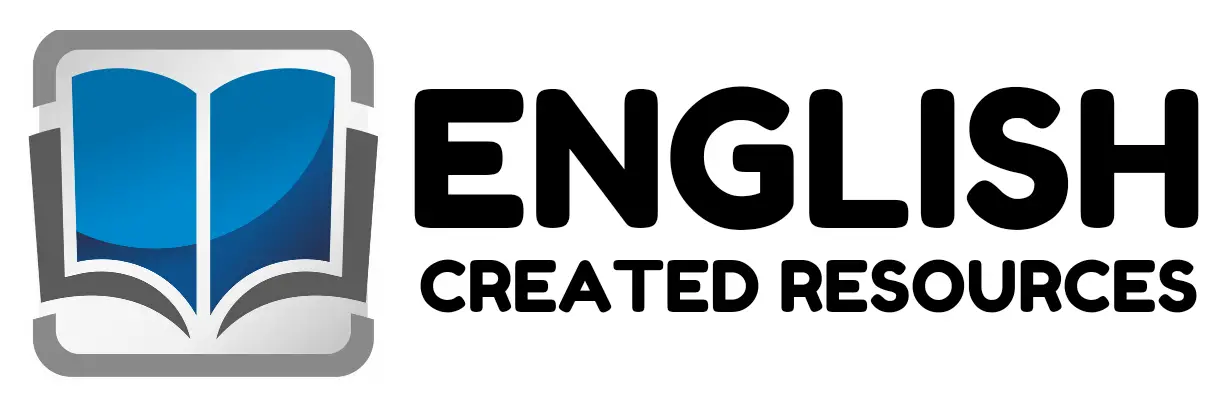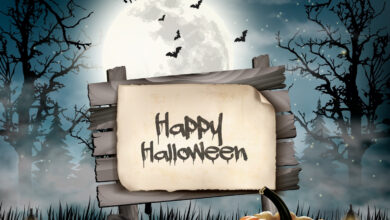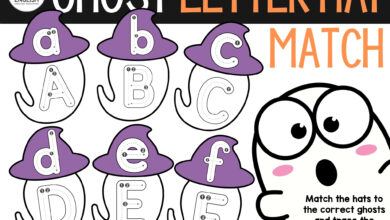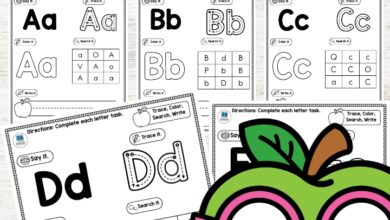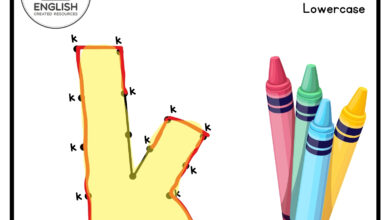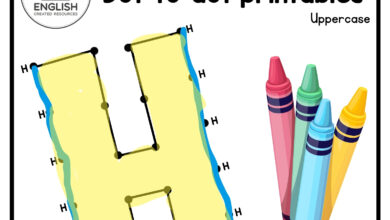Kids will learn the letters of the Alphabet in an interesting and interactive way. They will color the pictures that start with letters.
One of the biggest reasons coloring is important at this age is because it helps develop hand strength. As adults, we’ve been writing, typing, and doing fine motor skills for decades which means we take our hand strength for granted. Toddlers and preschoolers, however, are just beginning to build those muscles.
A crayon is likely one of the first writing instruments your child will hold. By practicing with crayons, your child is fine-tuning their proper pencil grip. Pencil grip is part hand strength and part practice. Coloring allows for both! Most improper hand grips are caused when a child develops poor grip habits before their hands are strong enough to support the proper grip.
Giving a child the opportunity to color helps stimulate the creative centers in their mind. Colors, shapes, interpretations, and imagined stories are all present when a child is coloring. Even if your child draws the same picture over and over, they’re still engaging the creative centers in the brain that process colors and shapes.
Hand strength is important for all hand-related fine motor skills, especially handwriting. Writing takes strength and dexterity, and coloring helps exercise these muscles. Hand strength will also support your child’s proper pencil grip.
Coloring and drawing both help kids improve fine motor skills. They also train the brain to focus. For parents and teachers, these inexpensive activities require limited preparation and are well-suited to travel (particularly relevant with winter breaks approaching).
For those looking for fun and clever ways to incorporate educational components, coloring and drawing both fit the bill. With younger kids, coloring can be done with packaged books and pages, matching their interests and abilities.
As free-form coloring and drawing are introduced, kids nurture their creativity. In either case, learning can be introduced according to the child’s age and ability. For instance, kids can “Count the number of trains on the page” or “Name all the different animals in the picture.”
You can focus on learning numbers, colors, geography, history, and even spelling. Similarly, parents can ask kids to draw a scene from their favorite book. Older topics can be introduced via drawing as kids mature, potentially even tapping interests in design, graphics, or architecture.
This isn’t an esoteric theory; we’ve seen the results firsthand at Adventure to Fitness. Our primary focus has always been animated videos that take kids on adventures around the world or throughout history. During the shows, we get kids moving and introduce educational material that’s relevant to the particular episode. As we started talked with the thousands of teachers using our program, we noticed that many were following our videos with coloring or drawing to give kids a break after the physical activity, while reinforcing the learning from a particular episode.
Samples From the Worksheet
We began providing free coloring pages for the younger kids, particularly since much of the educational content might be beyond their immediate comprehension but could be tackled with the self-paced, creative-expression activities like coloring and drawing.
